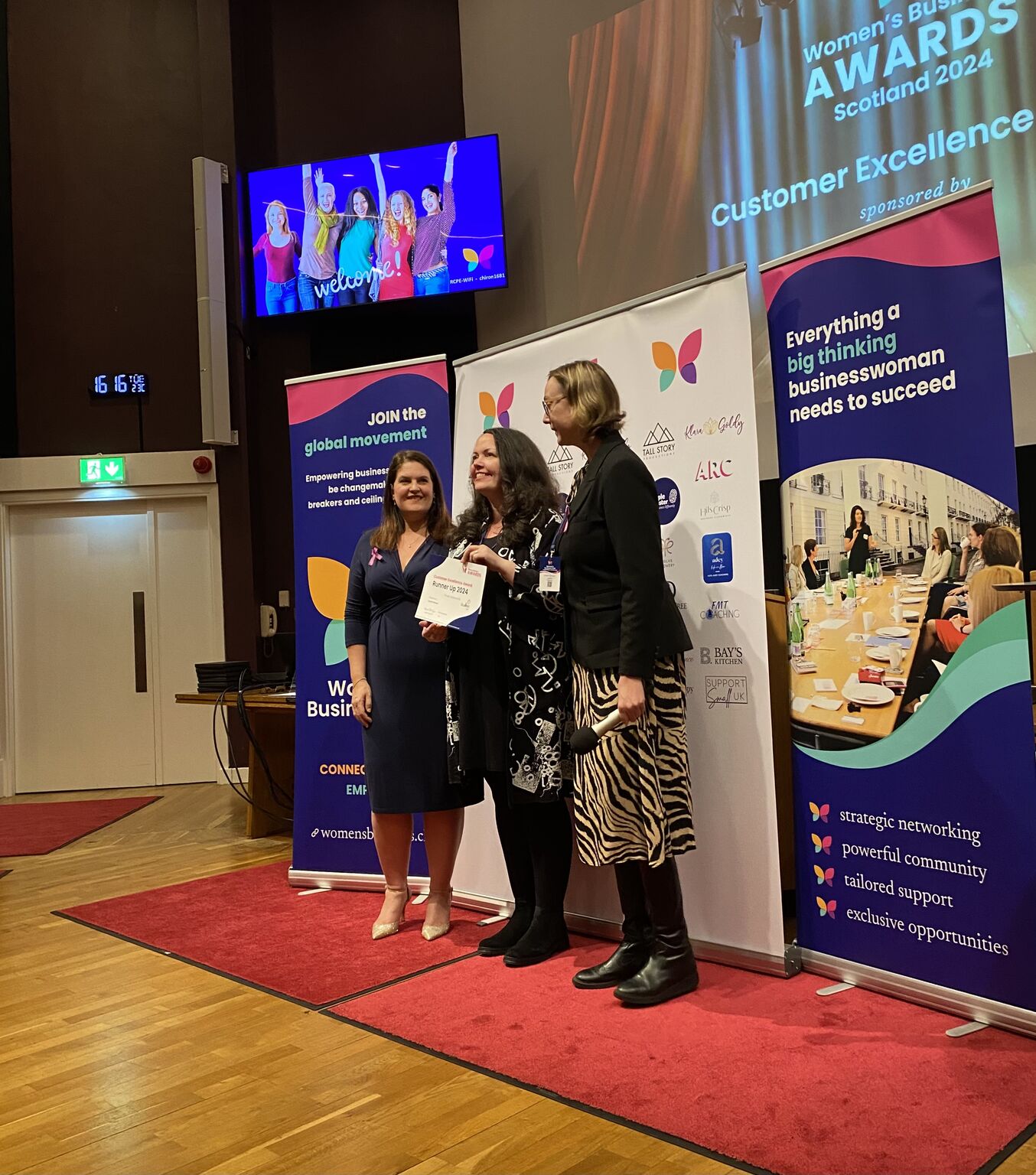There’s one marketing sin we’re all guilty of. Trying to be too damn clever all the time.
You know you’ve been there too.
It doesn’t matter whether it’s a headline for a website, a caption for Instagram or a subject line for an email.
One thing’s for sure. It’s GOT to be CLEVER.
If it’s not clever, then no one’s going to click it. And that’s just plain bad for business.
As such, we spend a lot of time trying to make our campaigns cleverer than our competitors.
We devise tantalising hooks. Devilishly witty slogans. Agonise over adjectives. It can get seriously time-consuming once you’re in the rabbit hole.
If we’re putting all that time into crafting clever messaging, though, we want some return on our time investment, right?
So it makes sense to ask the question “is all the effort really worth it?”
The answer to that question is what I’ll cover in this post.
But, as with many things in marketing, it’s not straightforward. It’s more of a vague
“well, that depends…”
Now. I’ll start out by saying I love a witty turn of phrase as much as the next person.
Maybe even a little more since I’m a book worm who studied literature and attempted to write poetry as a teen (I swear it was just a phase)…
When I first got into marketing I was convinced EVERYTHING had to be smart, sophisticated, and suave to succeed.
But, when I started digging into the data – we do a lot of that here – I realised clever copy isn’t always the best option.
In fact, for some brands, it’s the worst thing you can do (more on this shortly).
Sometimes, it’s MUCH more effective to focus on keeping things clear and concise instead.
To ditch the bells and whistles, and talk frankly with your audience.
So, how do you know if clever marketing messages are right for your brand?
Well, you start by asking yourself
“how popular are we?”
Imagine you walked up to a stranger on the street and told them a witty one-liner.
At best you’re gonna get an awkward laugh, at worst someone will out-right tell you to F off and harass someone else.
In both cases, you leave your “audience” feeling like you’re a creep.
That’s most likely not the vibe you want to give off.
Bump into a friend, acquaintance, or family member and do the same thing though, and it’s a totally different reaction.
You’ll most likely get a laugh (assuming you’re funny). But, even if you don’t, you’ll at least start a friendly conversation.
This person already knows you and what you’re about – probably even likes you! – so they’re interested in hearing what you’ve got to say.
In marketing, trying to be clever with your audience before you’ve built up a relationship is the same thing.
Your crafty wordplay will go straight over their heads if they don’t already know what your product is and how it benefits them.
Here’s an example.
We were recently employed to help a client build their brand awareness.
Given that there’s roughly 320 google searches for their brand name per month, they’re hardly well known (not yet anyway!).
Now, when we first started running brand-building campaigns for them on social media, we experimented.
Some ads had clever product-based puns. Whilst others matter-of-factly stated what the brand does.
Time and time again it was the clear and concise ads that generated the most engagement, clicks, and conversions.
The audience didn’t know enough about the brand for the clever puns to have any impact. It was just noise in a sea of noise.
That said,
things change once you’re popular.
Slightly, at least.
Here’s an example.
Take another of our clients. They receive well over 20k brand name Google searches a month.
That’s a lot of people searching for them. They’re clearly well-known.
When we run social media campaigns for this client, it’s totally different. Clever wordplay and turns of phrase perform much better than clear and concise ads.
Every time.
And, there’s a good reason for this.
The audience we’re targeting ALREADY understands what the brand can do for them. All we need to do is grab their attention so they’ll stop scrolling and click the ad.
That said, this client isn’t big enough to get away with an Apple or McDonald’s level of abstraction in their ads.
Sure we can be creative, but it still needs to somehow relate to their business to achieve maximum impact.
We wouldn’t get away with a chiselled model galloping across a beach at dawn – or something similarly creative but unrelated to the business – to drive leads in the way a big name perfume brand might.
For big brands, the #1 goal is to boost awareness. To get some attention. And sometimes all it takes is a galloping horse to do that.
The more popular you are, the more freedom you have to be clever and creative.
That’s why brands like Nike can have a slogan like “Just Do It” – that has nothing to do with sportswear – and remain ridiculously popular year after year.
Everyone ALREADY knows what they do, they just need to be catchy.
Clarity first, cleverness second.
It’s helpful to think of popularity as a sliding scale.
Where you are on the slider will determine just how clever and creative you can be with your messaging.
If you’re somewhere near the bottom, you’ll want to keep things clear, concise, and to the point.
At this stage, it’s all about EDUCATING your audience.
As you move up the slider, you earn a little more freedom to be clever.
You can start experimenting with puns, wordplay, alliteration, and all those other neat literary tricks us marketers love.
BUT. You still have to make sure your messaging is vaguely related to your business. You’re not entirely out of the woods.
Once you get to the top of the slider? Well, by that time you probably won’t need my advice.
Unless that’s the case though, keep this post in mind next time you’re writing any advertising copy.
Sometimes clearing up your messaging is all it takes to radically improve leads and conversions.
And, let’s face it, at the end of the day, that’s what we’re all after, right?





